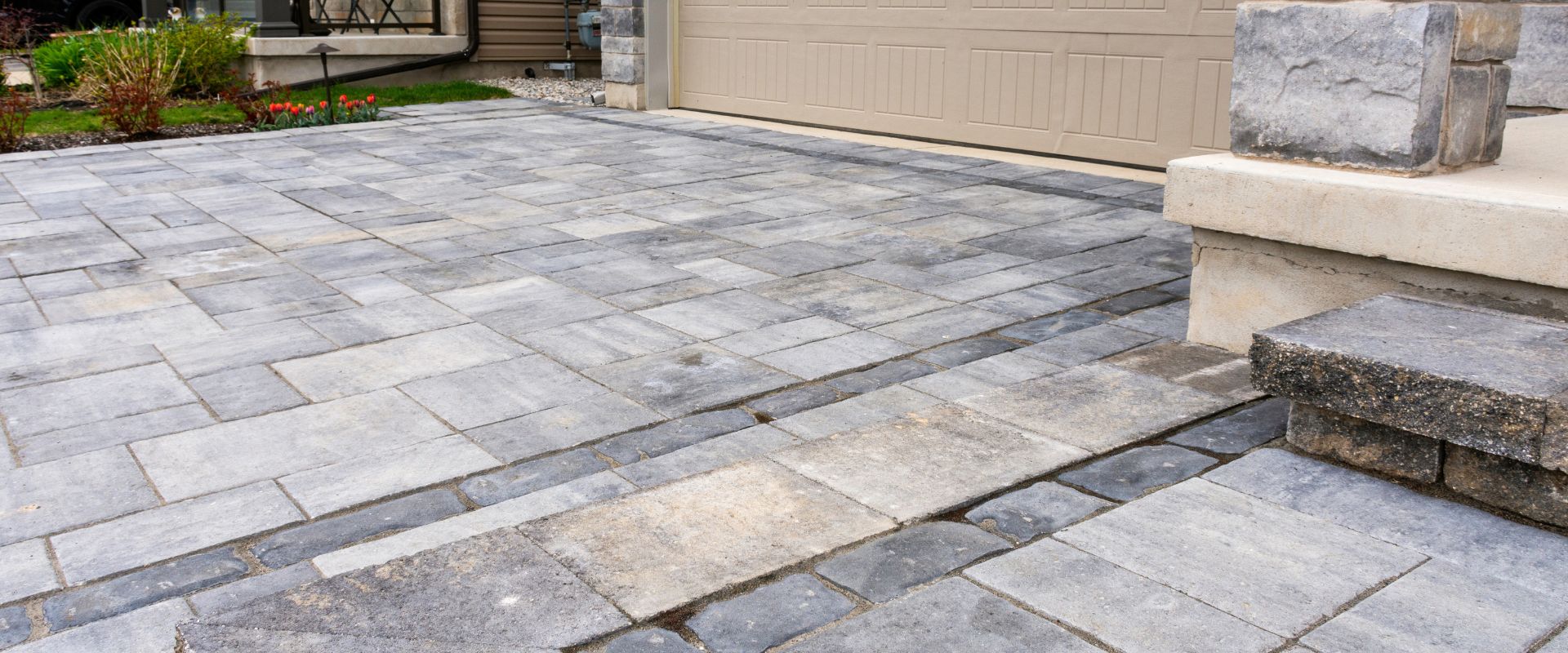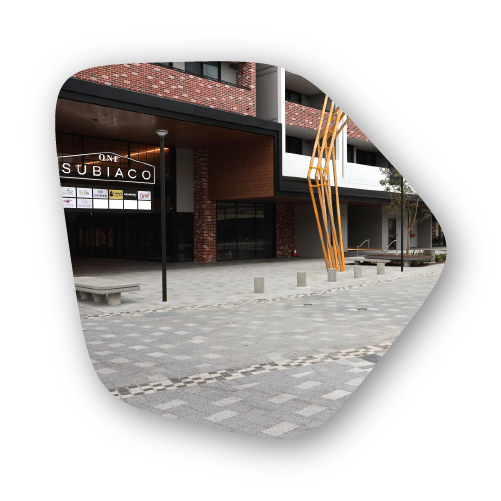
Stay On Top Of Your Pavers With These Tips & Tricks
The decision to pave your outdoor space is not just about creating a pathway or a designated area; it’s about making a lasting impression and enhancing the very fabric of your property. Whether you’re a homeowner looking to add value to your residence or a landscaping professional striving for excellence, understanding the intricacies of paving can transform a mundane process into an art. In this extensive guide, we’ll uncover the essential elements of exquisite paving, from selecting the right materials to mastering installation techniques, and maintaining the integrity of your paved surfaces for years to come. If you’re ready to walk the path of knowledge, we invite you to join us on this comprehensive tour of the world of paving.
Choosing the Right Paving Material
Paving is an investment that lasts, so choosing the right material is pivotal. Here are the factors to ponder when picking the perfect paver for your project.
Material Matters: A Detailed Comparison
Durability:
When it comes to longevity, not all paving materials are created equal. Concrete, for example, is known for its durability and can withstand heavy loads, making it ideal for driveways. On the other hand, gravel offers permeability, which prevents water buildup and can be a sustainable choice.
Aesthetics
For some, the look of their paved surfaces is paramount. Brick pavers lend a charming, traditional feel, while asphalt might be the route for a sleek and modern finish. Consider the style of your property and the intended use of the paved area to find a material that best suits your needs.
Maintenance:
Each paving material requires a different level of upkeep. Asphalt needs to be sealed periodically to maintain its appearance and structural integrity. Gravel, while low-maintenance, may require occasional raking to keep it even and prevent shifting.
Preparing the Area for Paving
A strong foundation is the hallmark of a well-installed paved surface. Before you start the installation process, ensure that you’ve checked off these essential steps.

Assessing the Land:
Start by surveying the area you plan to pave. Look out for any low spots where water could pool, as this can affect the integrity of the paved surface. Additionally, you want to mark any underground utilities to avoid damaging them during the excavation process.
Grading and Drainage:
Proper grading ensures that the paved surface is level and resists the settlement of materials over time. Adequate drainage is also a must to direct water away from the paved area, as water ingress can lead to erosion of the base and undermine the stability of the surface.
Base Building:
The quality of your base will ultimately determine the lifespan of your pavement. The base layer should consist of the appropriate aggregate material, be properly compacted, and ideally be set about two inches below the final grade to accommodate the pavers and an additional layer of bedding sand.
Paving Installation Techniques
The technique employed during paving installation is a significant contributor to the surface’s final strength and quality. Whether you’re tackling this project as a DIY enthusiast or leaving it to the professionals, these guidelines remain universal.
DIY Paving:
If you’re taking the do-it-yourself route, precision is your ally. Take your time to lay each paver, ensuring a tight fit and uniform gap spacing. Use a level to adjust the height of each paver as you progress and keep the rows straight for a polished appearance.
Edging and Jointing:
Edges should be constrained with durable materials like concrete or metal to prevent the spread of the paving. Jointing ensures that the pavers are connected both physically and aesthetically. Polymeric sand, once wetted, hardens to act as a solid joint.

Paving Maintenance and Repair
Even the sturdiest paving material requires some level of maintenance to keep it looking its best. Know how to care for your investment to enjoy its benefits for a lifetime.
Routine Maintenance:
This includes activities such as weeding, sweeping, and pressure washing. Regular maintenance not only keeps the area looking clean and well-kept but also prevents the build-up of materials that could affect the integrity of the surface.
Addressing Issues:
Common problems can range from minor jointing issues to major settlement or upheaval. It’s crucial to address these issues promptly to prevent them from escalating. Techniques like re-sanding and re-leveling can often solve minor problems, while more significant issues may require professional intervention.
Environmental and Sustainable Paving Options
As environmental consciousness becomes more prevalent, the paving industry has responded with eco-friendly materials and practices. Learn how to integrate sustainability into your paving projects.
Green Pavements:
Green pavements involve using materials or techniques that reduce environmental impact. This may include using pervious pavers that allow water to drain through, which can help manage stormwater runoff and prevent erosion.
Permeable Paving:
Permeable paving allows water to filter through the surface into the ground, mimicking the natural water cycle and reducing the strain on storm drainage systems. It’s a great solution for walkways, driveways, and patios in areas prone to heavy rainfall.
Paving is a blend of art and science. With the right approach, you can craft surfaces that are not only beautiful but also enduring and eco-friendly. By choosing the correct materials, intently preparing the site, meticulously installing the surfaces, and consistently maintaining them, you can ensure that your paved areas will serve you reliably and gracefully.
Whether you’re guiding clients through a landscape transformation or sprucing up your own property, the paving experience should be one of potential realised and risks mitigated. And remember, with every meticulous design, honest soul, and careful step, your paths are not just laid in brick and mortar — they’re etched in the very essence of the spaces they occupy.






